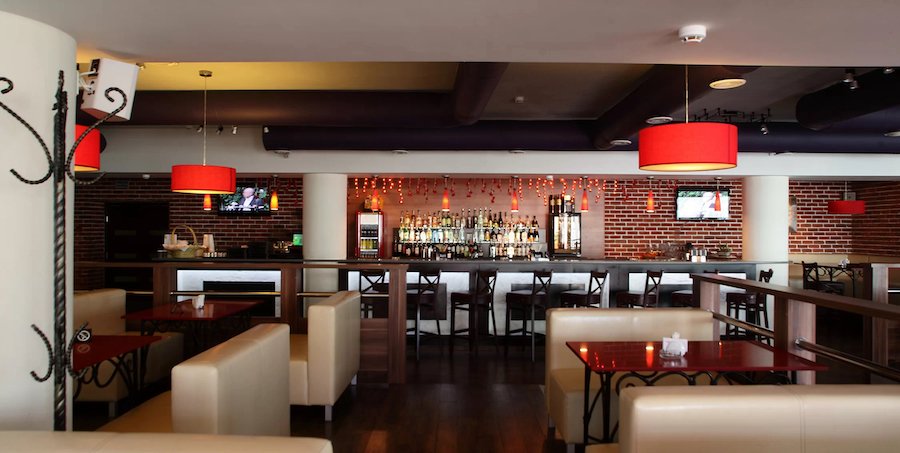
Positioning security cameras efficiently is essential for enhancing monitoring across various environments, including residences, businesses, as well as public spaces. The main goal of surveillance cameras remains to deter crime and offering proof in instances of incidents. To attain this, it is important to consider various factors, such as camera location, field of vision, and the particular areas that need monitoring. By comprehending these elements, people and entities can create a thorough surveillance plan that maximizes the efficacy of their security solutions.
One of the first actions in positioning surveillance systems involves to identify critical areas that require surveillance. Vulnerable zones, including entrances, exits, vehicle lots, as well as locations with valuable items, should be given priority. It is crucial to consider areas not visible, which may be areas that might not be visible from specific angles. By charting out these critical areas, security personnel can guarantee that every nook is monitored, reducing the likelihood of criminal actions going unnoticed. Additionally, installing surveillance systems at strategic locations can help form a comprehensive perspective of the premises, enabling for better overall surveillance coverage.
The field of a surveillance camera remains another crucial factor to take into account. Different types of surveillance systems provide varying ranges of view, which can influence how much space gets captured in the video. For instance, wide-angle systems can monitor bigger spaces, rendering them ideal for spacious locations, while pan-tilt-zoom systems can be adjusted to concentrate on specific details. When placing cameras, it is important to select the right kind based on the area being monitored. This guarantees that the camera can capture sharp images and provide important data in case of an occurrence.
Height and tilt of mounting also play a significant role in the efficacy of security systems. Cameras should be installed at a level that is out of grasp of potential tampering but also allows for clear viewing of faces and additional recognizable features. A common recommendation is install systems at least 8 to 10 feet off the ground. Additionally, the angle at which the system remains positioned can impact its capability to capture important details. Cameras should be tilted to reduce glare and avoid obstructions, guaranteeing that they can capture clear video at all moments.
Finally, regular maintenance and improvements to the security visit the site camera are essential for sustained efficacy. This entails checking camera performance, wiping optics, and making sure that firmware remains current. Regular assessments of the monitoring plan can help identify any additional areas not visible or areas that may need extra coverage. By staying proactive and making necessary adjustments, individuals as well as entities can improve their monitoring effectiveness and ensure that their security systems continue to fulfill their designated function.